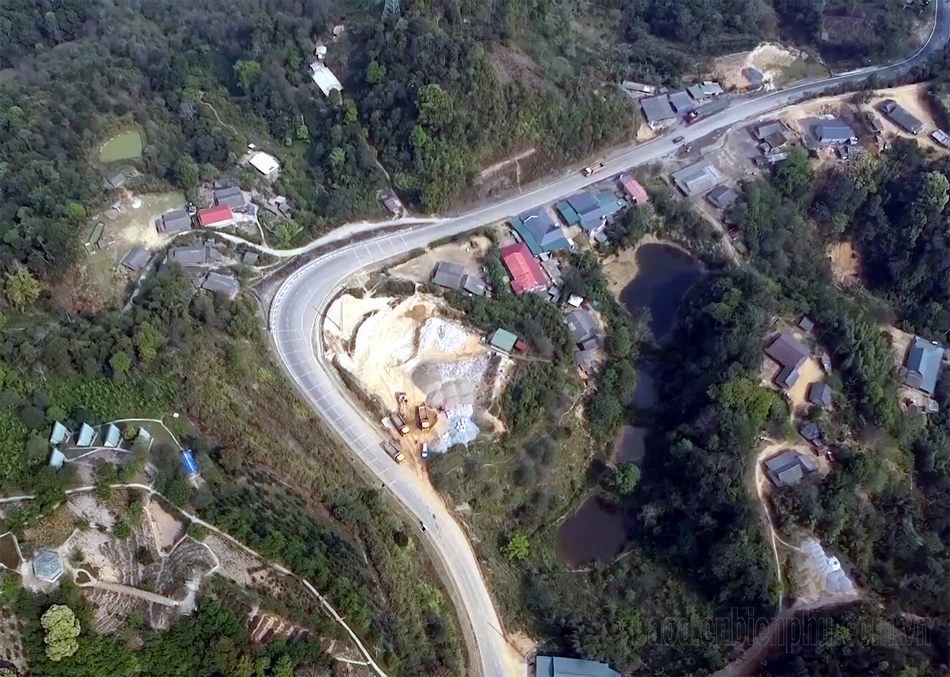
During the Dien Bien Phu Campaign, to bring heavy artillery (105mm howitzers, 37mm anti-aircraft guns...) into the battlefield by human power through winding mountain roads, steep slopes and deep ravines was a journey full of hardships, difficulties and sacrifices of our soldiers. Pulling artillery into the battlefield was the most difficult task that the French also thought "Viet Minh could not bring artillery to Dien Bien Phu".
Pha Din Pass is one of the "four great mountain passes" in the Northwest. Previously, the pass was 32km long, on Highway 6, and was the gateway to Dien Bien province. The highest point of the pass is 1,648m above sea level, with a cliff on one side and a deep abyss on the other. The slope of the pass is about 10%, and in some places it is up to 19%. When going uphill and downhill, the winding road is extremely dangerous, with a curve radius of less than 15m and countless hairpin bends. Marching and transporting weapons and food to Dien Bien on such a difficult pass was accompanied by fierce bombings by the French air force to block our troops from entering Dien Bien. But those difficulties could not stop the will and strength of our troops pulling artillery into the campaign.
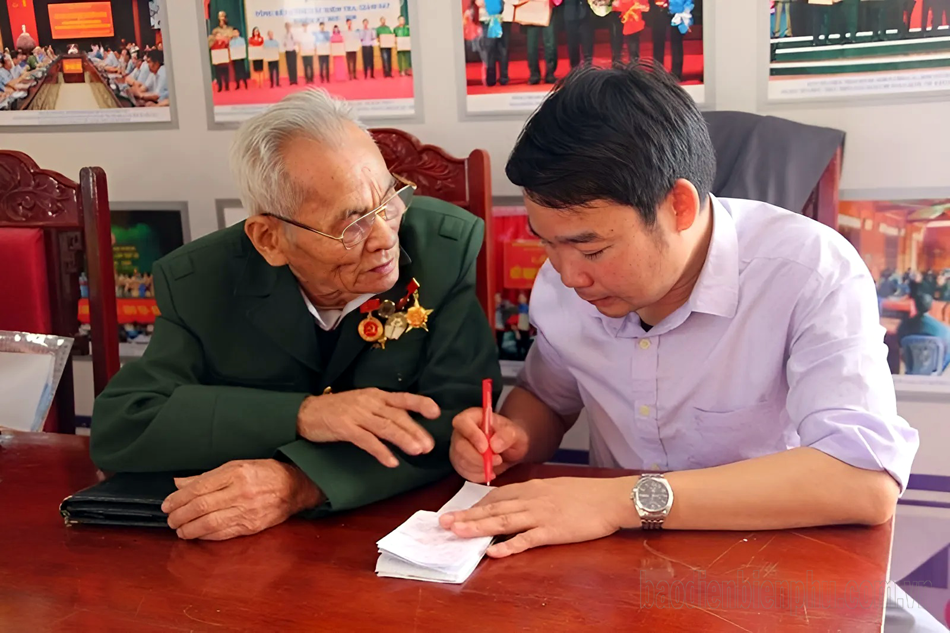
Dien Bien soldier Le Huu Thao (born in 1931, from Thieu Giao commune, Thieu Hoa district, Thanh Hoa province) currently living in Dien Bien Phu city shared: Not only high mountains, deep ravines, Pha Din pass is also one of the key points that received the most bombs dropped by the French army to cut off the food and weapons supply route of our army. Every day, the French army sent planes to patrol the pass area dozens of times, dropping hundreds of bombs of all kinds in an attempt to destroy this important route.
Now, Pha Din Pass has been lowered in height and widened, no longer as dangerous as before but still remains the legendary road for pulling artillery by human power of Dien Bien soldiers in the past. Starting from here, through many passes, slopes, deep ravines, and high mountains, our troops pulled artillery into the battlefield, creating an element of surprise for the French army.
Among the artillery towing routes, there was a very special 15km stretch of road that was built in just 20 hours, with the participation of 5,000 officers and soldiers, running from the Na Nham forest gate through the Pha Song mountain peak down to Tau village, Ngheu village, now in Na Nhan commune, Dien Bien Phu city. On that stretch of road, each artillery piece weighing more than 2 tons was carried by the soldiers with “bronze feet and iron shoulders” to the top of Pha Song, 1,500m high, in the dark of night, when on one side was a steep cliff, on the other side was a deep abyss.
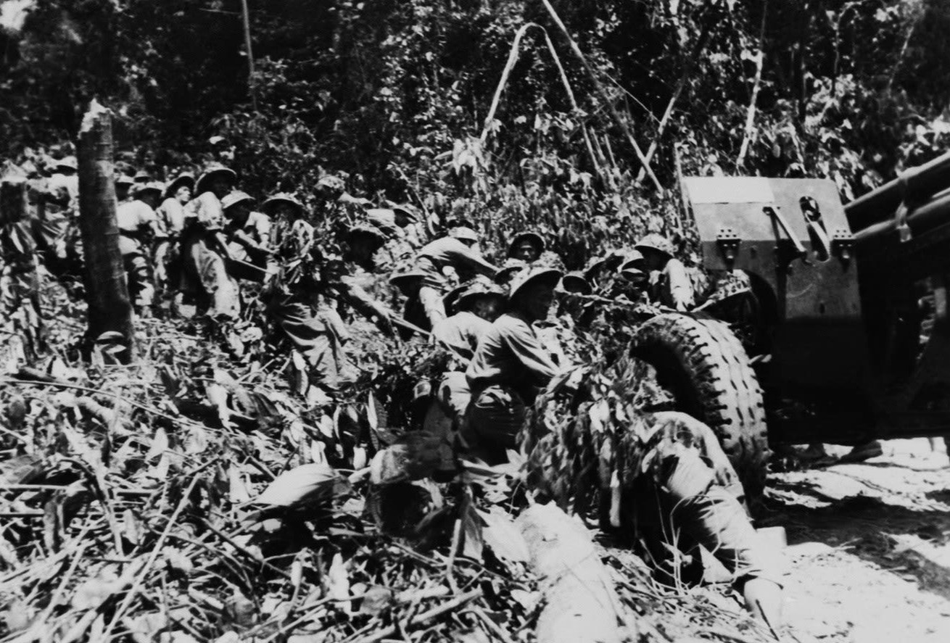
After nearly 10 days and nights of hardship, our army's artillery was pulled into the battlefield, approaching the enemy's strongholds. However, after studying the enemy's situation, the Dien Bien Phu Front Command decided to change the motto from "fight fast, win fast" to "fight sure, win sure". Accordingly, our troops had to pull the artillery out again. Pulling the artillery in was difficult, pulling the artillery out was even more difficult. Because the process of pulling the artillery down the slope required restraint, while each artillery weighed more than 2 tons, if the winch broke, the artillery would fall into the abyss. And once when pulling the artillery, the winch broke, soldier To Vinh Dien sacrificed himself to block the artillery, not letting it fall. Dien's sacrifice has gone down in history as a legend - sacrificing himself to save the artillery, a symbol of the will "Determination to die for the Fatherland, determination to live".
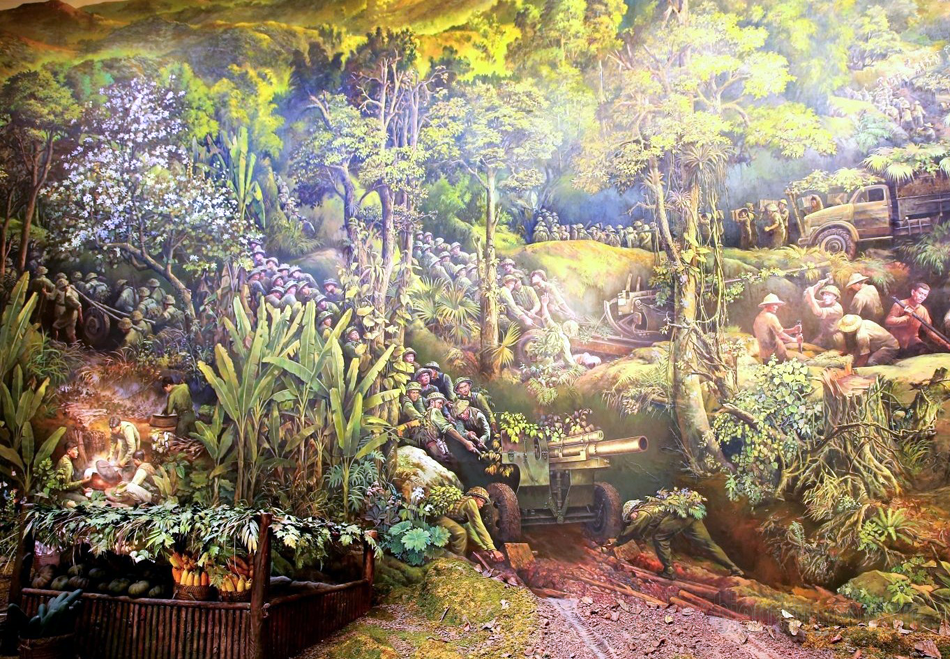
Dien Bien soldier Pham Duc Cu, Nam Thanh ward, Dien Bien Phu city told us about the last leg of the artillery pulling journey: We marched very hard. When we arrived at Dien Bien, about 15km from the Dien Bien Phu stronghold, we had to pull the artillery by human power, which was very difficult. That was the most difficult stretch of the anti-aircraft soldier's life, and we could never forget the stages on Bay Toi slope, Ong Mau slope, Suoi Ngua slope, Voi Phuc slope... And the heroic sacrifice of Hero To Vinh Dien is a symbol of the spirit of "Determination to die for the Fatherland, determination to live" of the Dien Bien Phu soldiers in the past. The sacrifice of soldier To Vinh Dien to save the artillery was followed by the entire front to bring the artillery to safety.
Overcoming many difficulties and hardships, 75mm cannons, 120mm mortars, and 105mm heavy artillery simultaneously fired concentratedly at the Him Lam Resistance Center, the opening battle of the Dien Bien Phu Campaign at 5:00 p.m. on March 13, 1954. The French army did not expect that the Viet Minh troops could bring artillery close to the battlefield. This was the element of surprise that contributed to the Dien Bien Phu Victory.
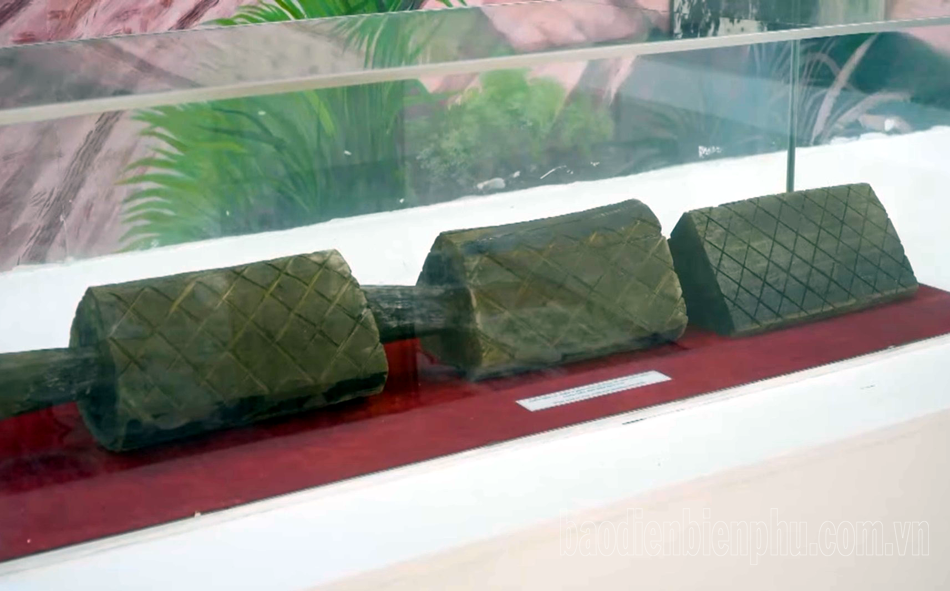
In recent days, the whole country has been looking forward to the 70th anniversary of the Dien Bien Phu Victory. During his trip to visit Dien Bien Phu, Mr. Nguyen Van Toan, a tourist from Da Nang City, shared: "Having the opportunity to visit Dien Bien, visit historical sites, I am extremely moved, proud and grateful to the generations of ancestors who fought for the independence and freedom of the Fatherland. In particular, visiting the artillery pulling monument, I really admire our ancestors with their small strength but still able to pull tons of artillery over many high passes and deep ravines to safety".
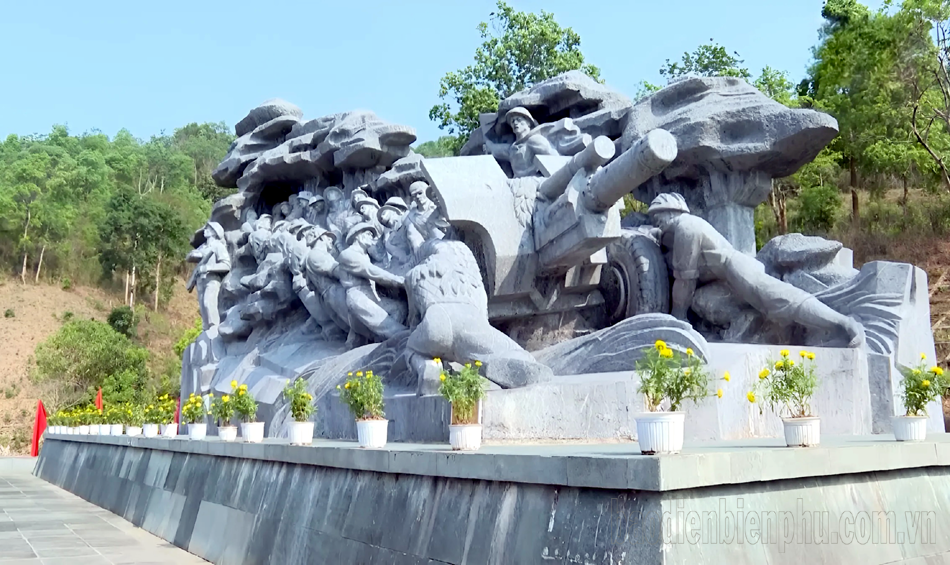
The war has receded into the past. The artillery road to Dien Bien now has its starting point at the majestic Pha Din Pass amidst the clouds. The final point of the restored artillery road relic is the place where Hero To Vinh Dien sacrificed his life while blocking the artillery with his body. About 20km north of Dien Bien Phu City, a monument complex measuring 24m long, 8m wide, 12.5m high, and weighing 1,200 tons has been erected here, honoring the artillery platoon of Hero To Vinh Dien on the slope of Bo Hom hill. The monument also aims to help future generations visualize the legendary artillery road of the past. To serve tourists who come to visit and learn about history, a relic exhibition house with primitive artifacts used by our soldiers to pull artillery to the battlefield 70 years ago was also built right next to the artillery pulling monument.
Source


![[Photo] 12th grade students say goodbye at the closing ceremony, preparing to embark on a new journey](https://vphoto.vietnam.vn/thumb/1200x675/vietnam/resource/IMAGE/2025/5/28/42ac3d300d214e7b8db4a03feeed3f6a)
![[Photo] Prime Minister Pham Minh Chinh receives a bipartisan delegation of US House of Representatives](https://vphoto.vietnam.vn/thumb/1200x675/vietnam/resource/IMAGE/2025/5/28/468e61546b664d3f98dc75f6a3c2c880)

![[Photo] General Secretary To Lam works with the Central Policy and Strategy Committee](https://vphoto.vietnam.vn/thumb/1200x675/vietnam/resource/IMAGE/2025/5/28/7b31a656d8a148d4b7e7ca66463a6894)

![[Photo] Vietnamese and Hungarian leaders attend the opening of the exhibition by photographer Bozoky Dezso](https://vphoto.vietnam.vn/thumb/1200x675/vietnam/resource/IMAGE/2025/5/28/b478be84f13042aebc74e077c4756e4b)
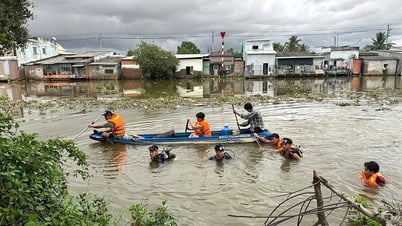


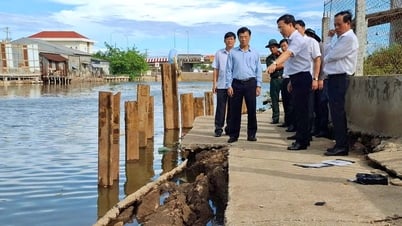

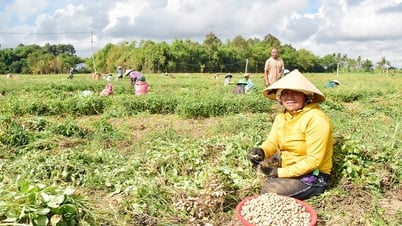








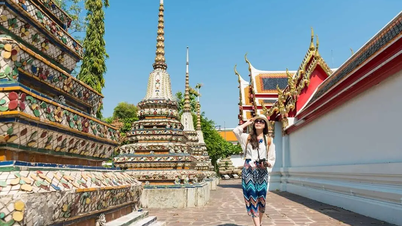
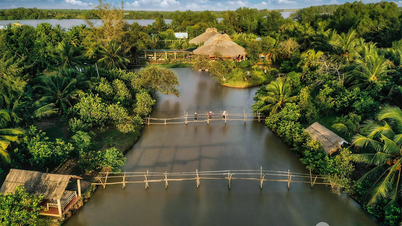

















































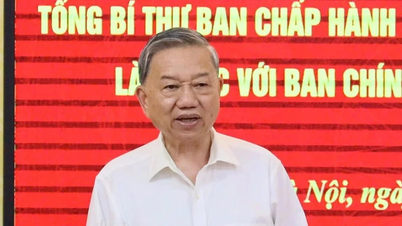


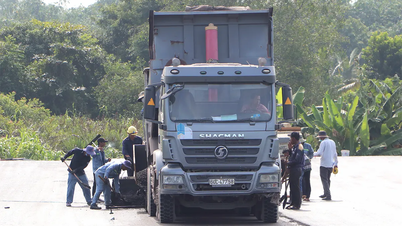

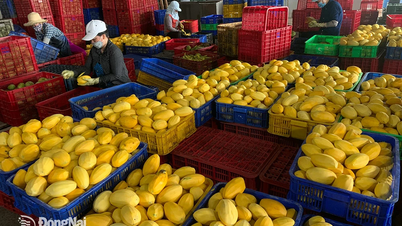
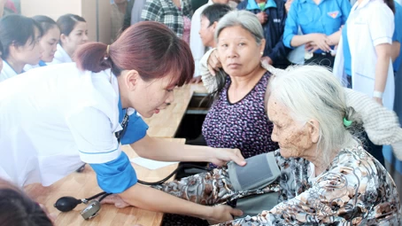
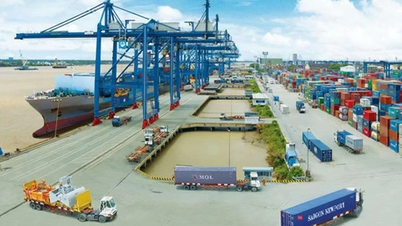








Comment (0)